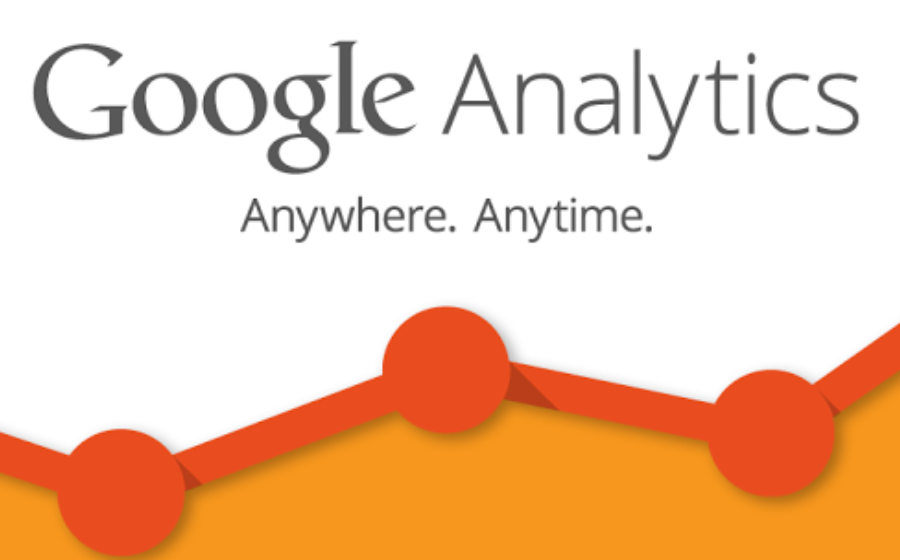In today’s digital world, data is everything. As a digital marketer, you need to have a deep understanding of how to collect, analyze, and interpret data to make informed decisions. Google Analytics is a powerful tool that can help you achieve this goal.
Google Analytics is a free tool provided by Google that allows you to track and measure your website traffic, user behavior, and other key metrics. With Google Analytics, you can gain valuable insights into your website’s performance and use that data to optimize your digital marketing strategy. In this article, we will discuss how to use Google Analytics to gain insights that will help you improve your digital marketing efforts.
Setting Up Google Analytics
Before we dive into how to use Google Analytics, let’s first talk about how to set it up. To get started, you will need to create a Google Analytics account and add the tracking code to your website. The tracking code is a small piece of code that you add to your website’s HTML. Once you have added the tracking code, Google Analytics will start collecting data on your website’s performance.
Understanding Key Metrics in Google Analytics
Once you have set up Google Analytics, you will need to understand the key metrics that it provides. Here are some of the most important metrics that you should be tracking:
- Sessions: A session is a period of time in which a user is actively engaged with your website. Each session can include multiple page views.
- Users: The number of unique users who visited your website during a specific time period.
- Pageviews: The number of times a page on your website was viewed.
- Bounce Rate: The percentage of visitors who left your website after viewing only one page.
- Average Session Duration: The average length of time that users spent on your website during a session.
- Conversion Rate: The percentage of visitors who completed a specific action on your website, such as making a purchase or filling out a contact form.
Analyzing Data in Google Analytics
Once you have collected data in Google Analytics, you can use it to gain insights that will help you optimize your digital marketing strategy. Here are some of the ways that you can analyze data in Google Analytics:
- Traffic Sources: Google Analytics allows you to see where your website traffic is coming from. This can help you understand which marketing channels are driving the most traffic to your website.
- User Behavior: You can use Google Analytics to track how users are interacting with your website. For example, you can see which pages are most popular and which pages have a high bounce rate.
- Goal Tracking: Google Analytics allows you to set up goals, such as a purchase or a form submission, and track how many users are completing those goals. This can help you understand which pages are driving conversions and which pages may need improvement.
- E-commerce Tracking: If you have an e-commerce website, Google Analytics allows you to track sales, revenue, and other e-commerce metrics. This can help you understand which products are selling the most and which marketing campaigns are driving the most sales.
Final Note
Google Analytics is a powerful tool that can help you gain valuable insights into your website’s performance. By analyzing data in Google Analytics, you can make informed decisions that will help you optimize your digital marketing strategy. Whether you are just getting started with digital marketing or you are a seasoned pro, Google Analytics is a must-have tool in your arsenal.



